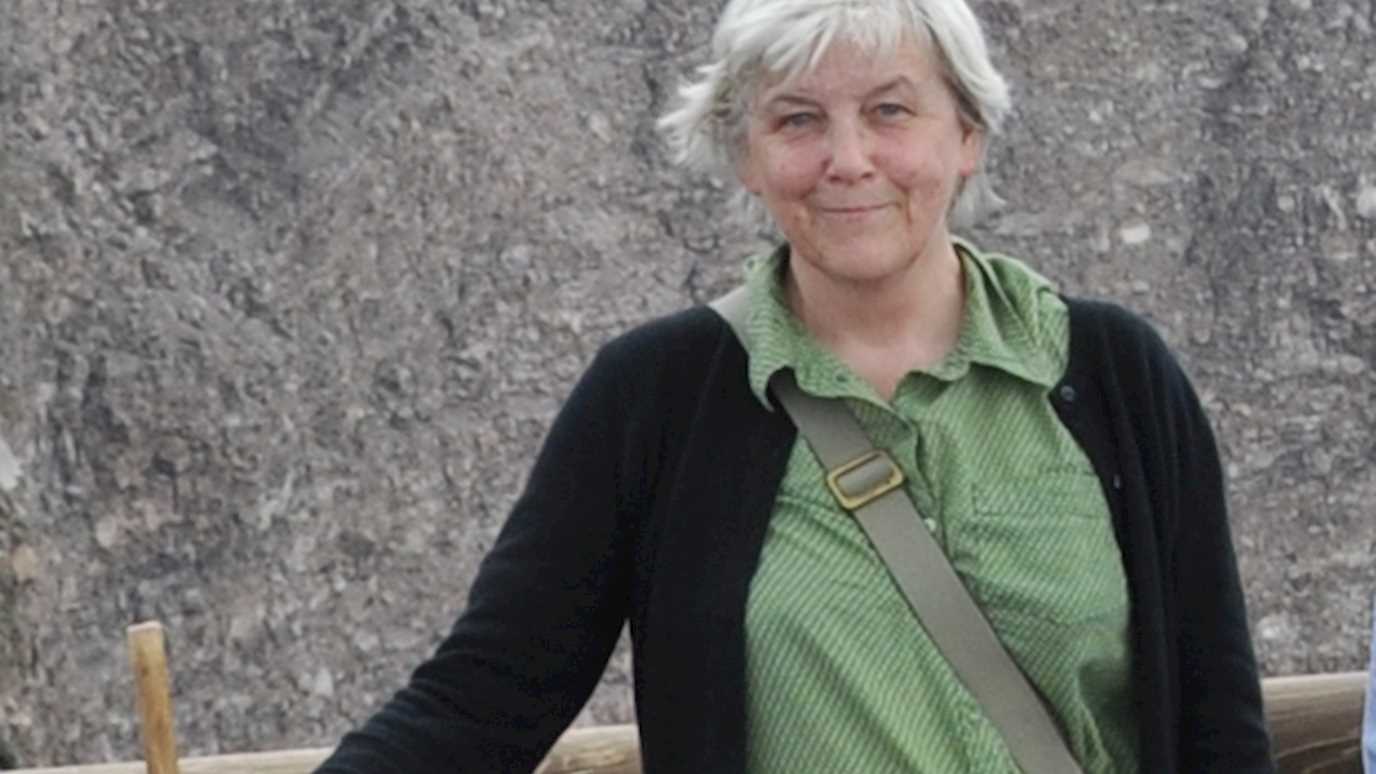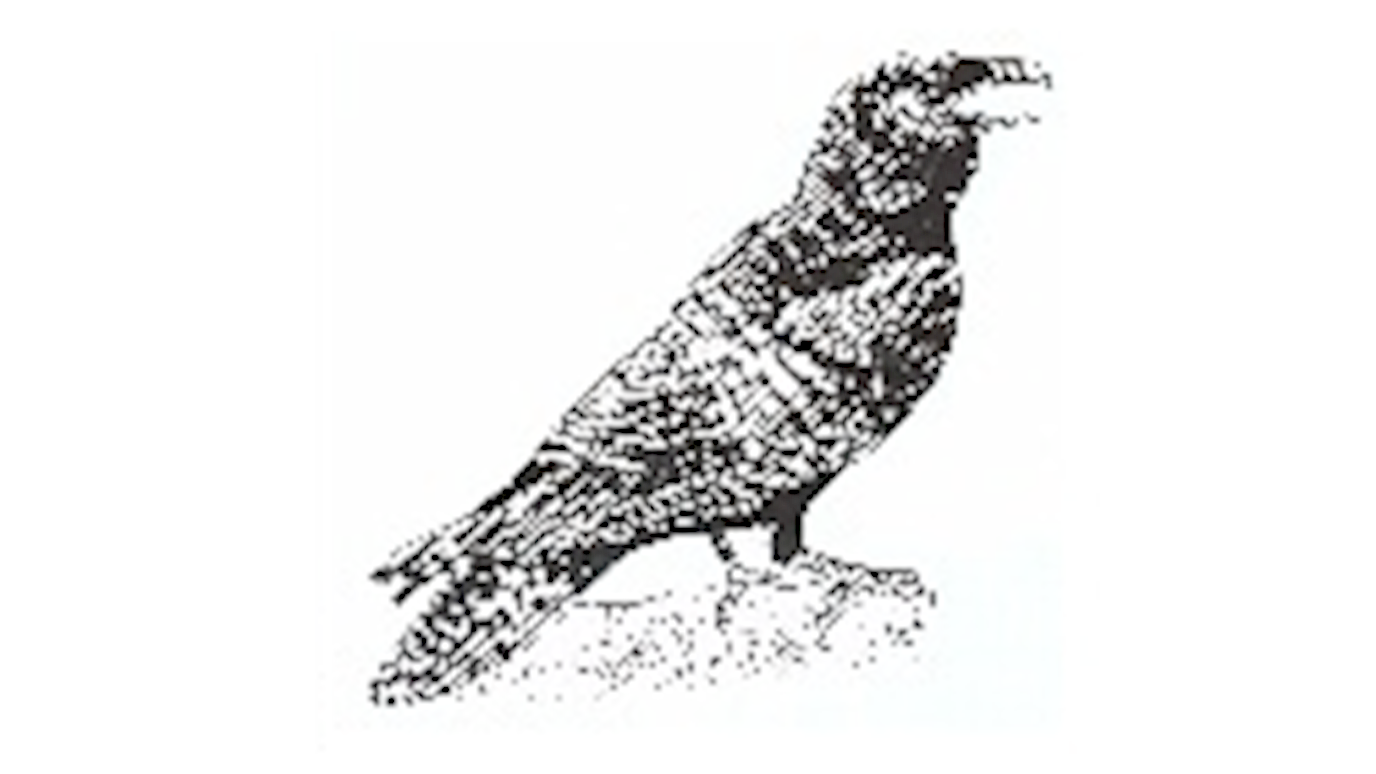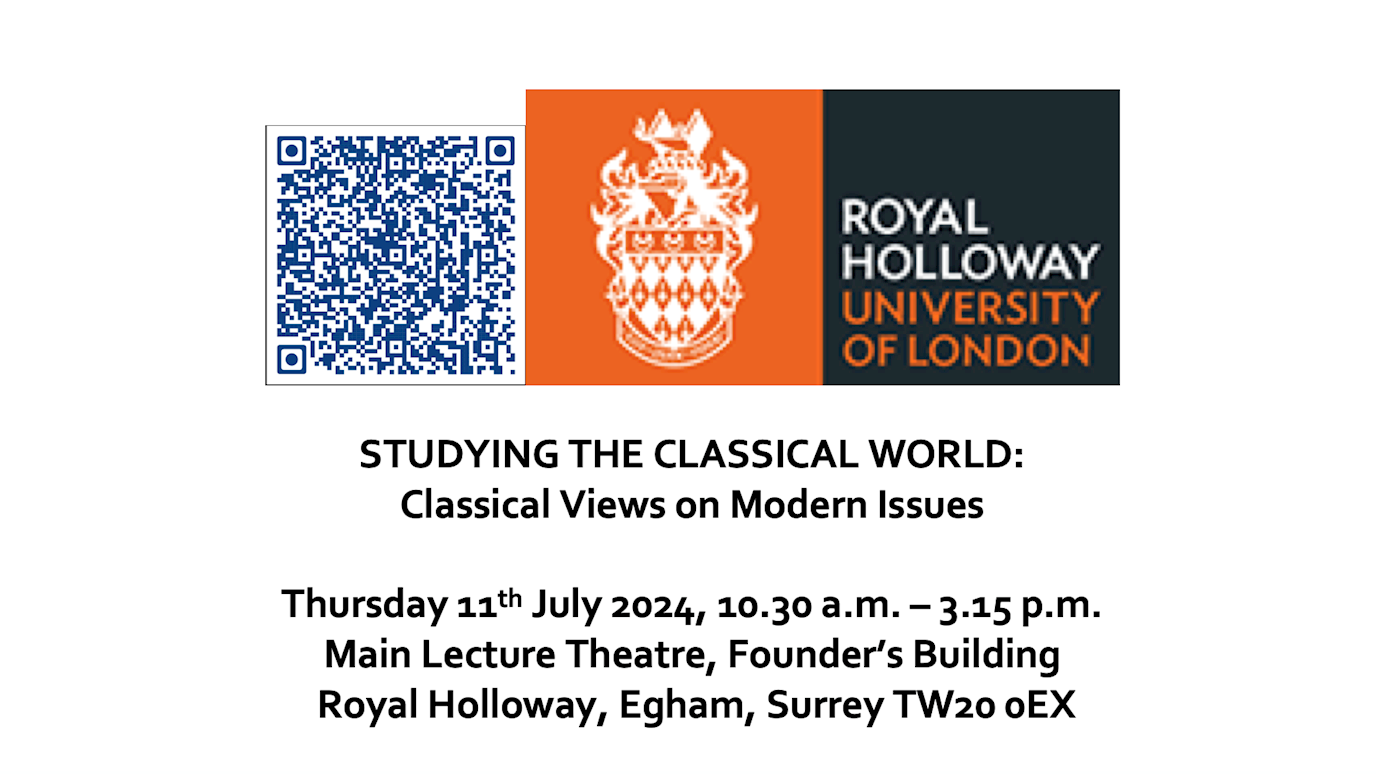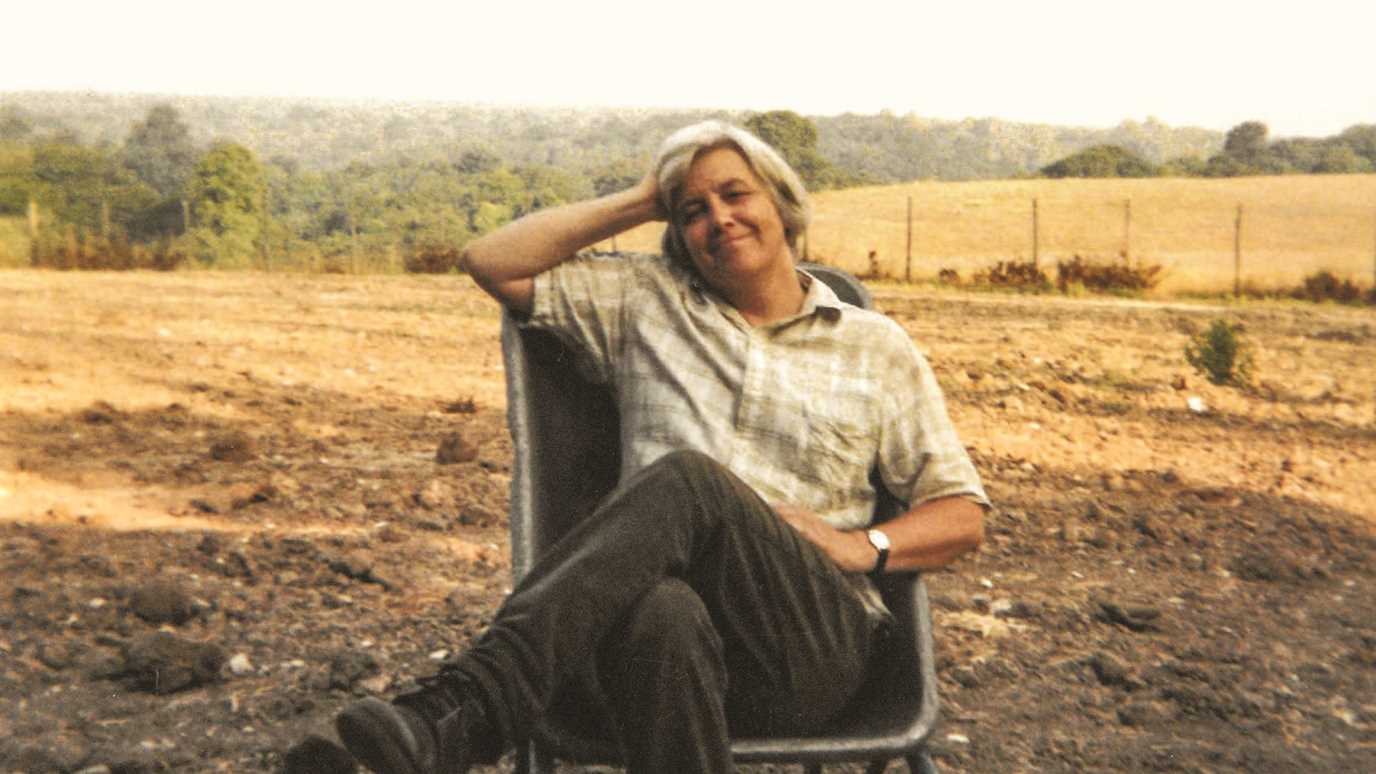It is with great sadness that we report the death of Professor Amanda Claridge.

Amanda on the summit of Vesuvius
Amanda Claridge (1949-2022) took her undergraduate degree at the Institute of Archaeology in London, at that time still independent before it became part of UCL, and was one of the last generation of scholars who did not need a doctorate to pursue an academic career. She began as a Rome Scholar in Classical Studies at the British School in Rome, one of the UK’s most important overseas research institutes, from 1973 to 1975, and rapidly acquired a reputation as a leading expert in ancient sculpture and the marble trade. In 1976, together with J.B. Ward-Perkins, she curated and produced the catalogue for the legendary ‘Pompeii A.D. 79’ exhibition at the Royal Academy in London which then toured the United States of America. At the same time, she herself crossed the Atlantic to Princeton University, where she taught classical art and archaeology for three years before returning to the British School in Rome in 1980 as its Assistant Director.
Amanda quickly became a central figure in the day-to-day operation of the School, known to a whole generation of British, Italian and international scholars and artists who visited or stayed there, whilst developing the deep knowledge and understanding of the ancient and later city which underpinned her work and which was recognised by her election as a Fellow of the Society of Antiquaries in 1986. She also carried out fieldwork in the city and beyond, including an extraordinary excavation of the roof and attic of the Arch of Septimius Severus in the Roman Forum. In 1983, she began the survey, excavation and publication of Vicus Augustanus, a settlement for workers on a vast estate belonging to the Roman emperors near the coast outside Rome, which today forms part of Castelporziano estate of the President of Italy. She conducted campaigns there almost every summer for the rest of her career, and in recognition of this she was appointed a Commendatore of the Italian Order of Merit by the Italian government. From 1988, she also began a project which continued for over 30 years cataloguing the ‘Paper Museum’ of 6000 antiquarian prints and 8000 drawings left by the 17th-century scholar Cassiano dal Pozzo, including many held in the Royal Library at Windsor Castle.
After fourteen years at the British School, Amanda returned to Britain in 1994 to work at the Institute of Archaeology in Oxford, where she held a lectureship at St John’s College. Her interest in the topography of ancient Rome resulted in a string of papers based on an intimate knowledge and close study of the material and often of startling originality, including one in which she argued cogently that the frieze around Trajan’s Column had in fact been added by his successor Hadrian after Trajan’s death. This interest was also reflected in her invaluable Oxford Archaeological Guide to Rome published in 1998, which distilled her years of scholarship into a highly readable text profusely illustrated with clear reconstructions and plans. The latter showed not just the ancient monuments but the modern street grid with names, making it much easier for travellers both to envisage and to find their way round the ancient city.
Amanda came to Royal Holloway as Reader in Roman Archaeology in 2000, and continued to build upon her established research reputation. The new undergraduate and postgraduate courses she developed for the Classics department were highly popular with students, including one on the topography of ancient Rome which utilised her Oxford Guide. The course centred around an intensive five-day study-trip to the city, by the end of which students could knowledgeably find their way on foot around the Roman and Imperial fora, the Capitoline and the Palatine, the Campus Martius and much more; her annual preparation for this course simultaneously enabled her to update the Guide, the second edition of which appeared in 2010. She was promoted to Professor of Roman Archaeology in 2009, and retired five years later in 2014. Her work continued in retirement, however, and in 2018 she co-edited A Companion to the City of Rome with Claire Holleran, which presented up-to-date surveys in English by leading scholars on all aspects of the ancient city; she was still working on publications relating to Roman sculpture, Cassiano dal Pozzo and Castelporziano shortly before her death. Beyond her learning and her written legacy, Amanda will also be remembered for the kindness, friendship and support she showed to very many colleagues and students around the world.
























